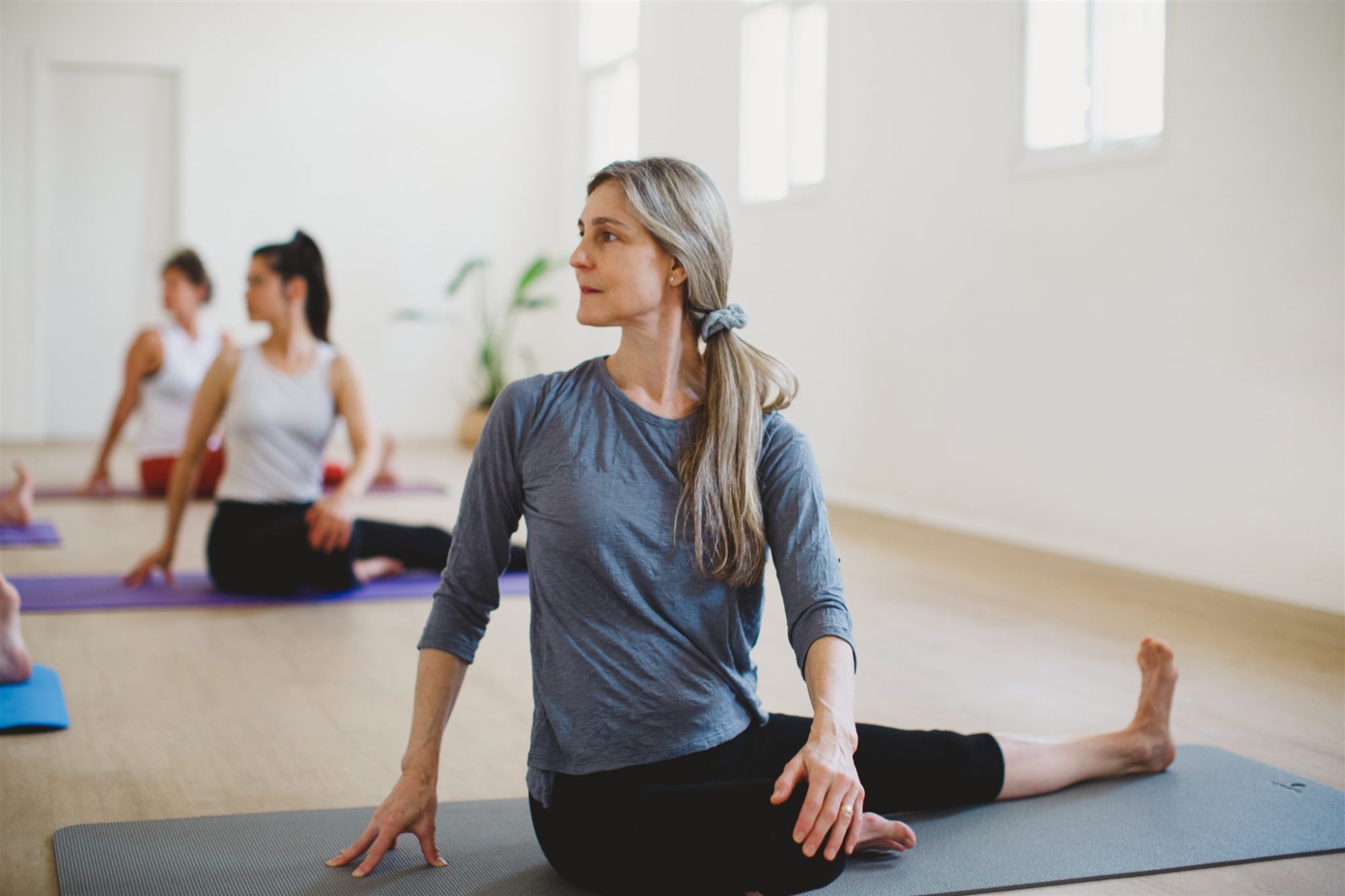It’s easy to understand why John Friend highly recommends the book Yoga Body: The Origins of Modern Posture Yoga “for all sincere students of מורת יוגה.” Because, Mark Singleton’s thesis is a well researched expose of how modern hatha yoga, or “posture practice,” as he terms it, has changed within and after the practice left India.
But the book is mainly about how yoga transformed in India itself in the last 150 years. How yoga’s main, modern proponents-T. Krishnamacharya and his students, K. Patttabhi Jois and B. K. S. Iyengar-mixed their homegrown hatha yoga practices with European gymnastics.
This was how many Indian yogis coped with modernity: Rather than remaining in the caves of the Himalayas, they moved to the city and embraced the oncoming European cultural trends. They especially embraced its more “esoteric forms of gymnastics,” including the influential Swedish techniques of Ling (1766-1839).
In that regard, John Friend is absolutely right: this is by far the most comprehensive study of the culture and history of the influential yoga lineage that runs from T. Krishnamacharya’s humid and hot palace studio in Mysore to Bikram’s artificially heated studio in Hollywood.
Singleton’s study on “postural yoga” makes up the bulk of the book. But he also devotes some pages to outline the history of “traditional” yoga, from Patanjali to the Shaiva Tantrics who, based on much earlier yoga traditions, compiled the hatha yoga tradition in the middle ages and penned the famous yoga text books the Hatha Yoga Pradipika and the Geranda Samhita.
Singleton claims his project is solely the study of modern posture yoga. If he had stuck to that project alone, his book would have been great and received only accolades. But unfortunately, he commits the same blunder so many modern hatha yogis do.
All yoga styles are fine, these hatha yogis say. All homonyms are equally good and valid, they claim. Except that homonym, which the cultural relativist hatha yogis perceive as an arrogant version of yoga. Why? Because its adherents, the traditionalists, claim it is a deeper, more spiritual and traditional from of yoga.
Georg Feuerstein disagrees. Undoubtedly the most prolific and well-respected yoga scholar outside India today, he is one of those traditionalists who holds yoga to be an integral practice-a body, mind, spirit practice. So how does Feuerstein’s integral yoga homonym differ from the non-integral modern posture yoga homonym presented to us by Singleton?
Simply put, Feuerstein’s remarkable writings on yoga have focused on the holistic practice of yoga. On the whole shebang of practices that traditional yoga developed over the past 5000 plus years: asanas, pranayama (breathing exercises), chakra (subtle energy centers), kundalini (spiritual energy), bandhas (advanced body locks), mantras, mudras (hand gestures), etc.
Hence, while posture yoga primarily focuses on the physical body, on doing postures, integral yoga includes both the physical and the subtle body and involves a whole plethora of physical, mental and spiritual practices hardly ever practiced in any of today’s modern yoga studios.
I would not have bothered to bring all this up had it not been for the fact that Singleton mentioned Feuerstein in a critical light in his book’s “Concluding Reflections.” In other words, it is strategically important for Singleton to critique Feuerstein’s interpretation of yoga, a form of yoga which happens to pretty much coincide with my own.
Singleton writes: “For some, such as best-selling yoga scholar Georg Feuerstein, the modern fascination with postural yoga can only be a perversion of the authentic yoga of tradition.” Then Singleton quotes Feuerstein, who writes that when yoga reached Western shores it “was gradually stripped of its spiritual orientation and remodeled into fitness training.”
Singleton then correctly points out that yoga had already started this fitness change in India. He also correctly points out that fitness yoga is not apposed to any “spiritual” enterprise of yoga. But that is not exactly Feuerstein’s point: he simply points out how the physical exercise part of modern yoga lacks a deep “spiritual orientation.” And that is a crucial difference.
Then Singleton exclaims that Feuerstein’s assertions misses the “deeply spiritual orientation of some modern bodybuilding and women’s fitness training in the harmonial gymnastics tradition.”
While I think I am quite clear about what Feuerstein means by “deeply spiritual,” I am still not sure what Singleton means by it from just reading Yoga Body. And that makes an intelligent comparison difficult. Hence why did Singleton bring this up in his concluding arguments in a book devoted to physical postures? Surely to make a point.


